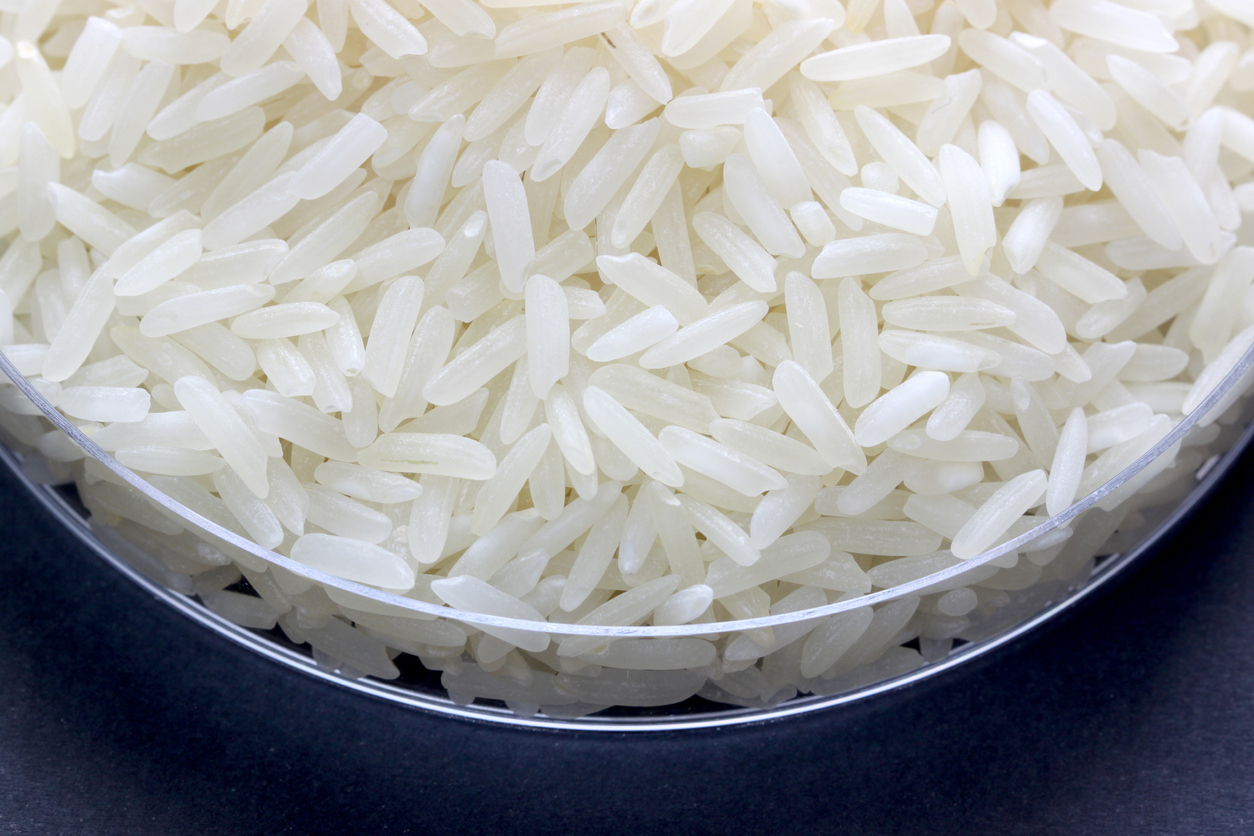
Simultaneous Editing of Susceptibility Genes in Rice Leads to Disease Resistance
July 1, 2021| |
Researchers from the Chinese Academy of Agricultural Sciences and partners used CRISPR-Cas9 technology to engineer broad-spectrum disease resistance on rice. The results of their study are published in the Journal of Integrative Plant Biology.
Rice blast and bacterial blight are two of the most destructive diseases of rice caused by the fungus Magnaporthe oryzae and the bacterium Xanthomonas oryzae pv. oryzae (Xoo), respectively. Engineering resistance genes to confer broad-spectrum resistance to both diseases have been widely explored while altering susceptibility genes that facilitate pathogen compatibility is still to be understood. Thus, the researchers used CRISPR-Cas9 to generate mutants with disrupted susceptibility genes. The rice mutants with disrupted Pi21 and Bsr-d1 genes exhibited increased resistance to rice blast; while knocking off the Xa5 gene led to increased bacterial blight resistance. Furthermore, when the 3 susceptibility genes were disrupted, the rice mutants showed improved resistance to both diseases, without showing differences in agronomic traits from the wild-type rice.
The findings indicate that simultaneous editing of susceptibility genes could be an effective way to develop rice varieties with broad-spectrum disease resistance.Read the research article in the Journal of Integrative Plant Biology.
| |
You might also like:
- Pocket K No. 54: Plant Breeding Innovation: CRISPR-Cas9
- Tungro-Resistant Rice Developed through CRISPR-Cas9
- Rice Scientists Use CRISPR-Cas9 to Develop High-yielding Semi-dwarf Rice Lines
Biotech Updates is a weekly newsletter of ISAAA, a not-for-profit organization. It is distributed for free to over 22,000 subscribers worldwide to inform them about the key developments in biosciences, especially in biotechnology. Your support will help us in our mission to feed the world with knowledge. You can help by donating as little as $10.
-
See more articles:
-
News from Around the World
- Experts Explain How Gene Drives Control Invasive Species
- Philippine Media Use Less Fear Appeal as More Farmers Adopt Biotech Maize
- Can Gene Drive Eliminate Vector-borne Diseases?
- PennState Scientists Identify Sorghum Genes for Resistance to Anthracnose Leaf Blight
- EU Report Confirms Glyphosate Doesn't Cause Cancer
- Rutgers Study Sheds Light on Evolution of Photosynthesis
- Study Finds Barley Protein Could Help Boost Its Yield in High Temperatures
-
Plant
- UK's First CRISPR Field Trials Show Potential of Gene Editing
- Customizable Molecular Scissors for Tailoring Plant Genomes
- UC San Diego Scientists Develop First CRISPR-Cas9-based Gene Drive in Plants
- APEC Members Discuss Genome Editing Technology and Policy Strategies
- Simultaneous Editing of Susceptibility Genes in Rice Leads to Disease Resistance
-
Read the latest: - Biotech Updates (November 12, 2025)
- Gene Editing Supplement (October 29, 2025)
- Gene Drive Supplement (February 22, 2023)
-
Subscribe to BU: - Share
- Tweet

